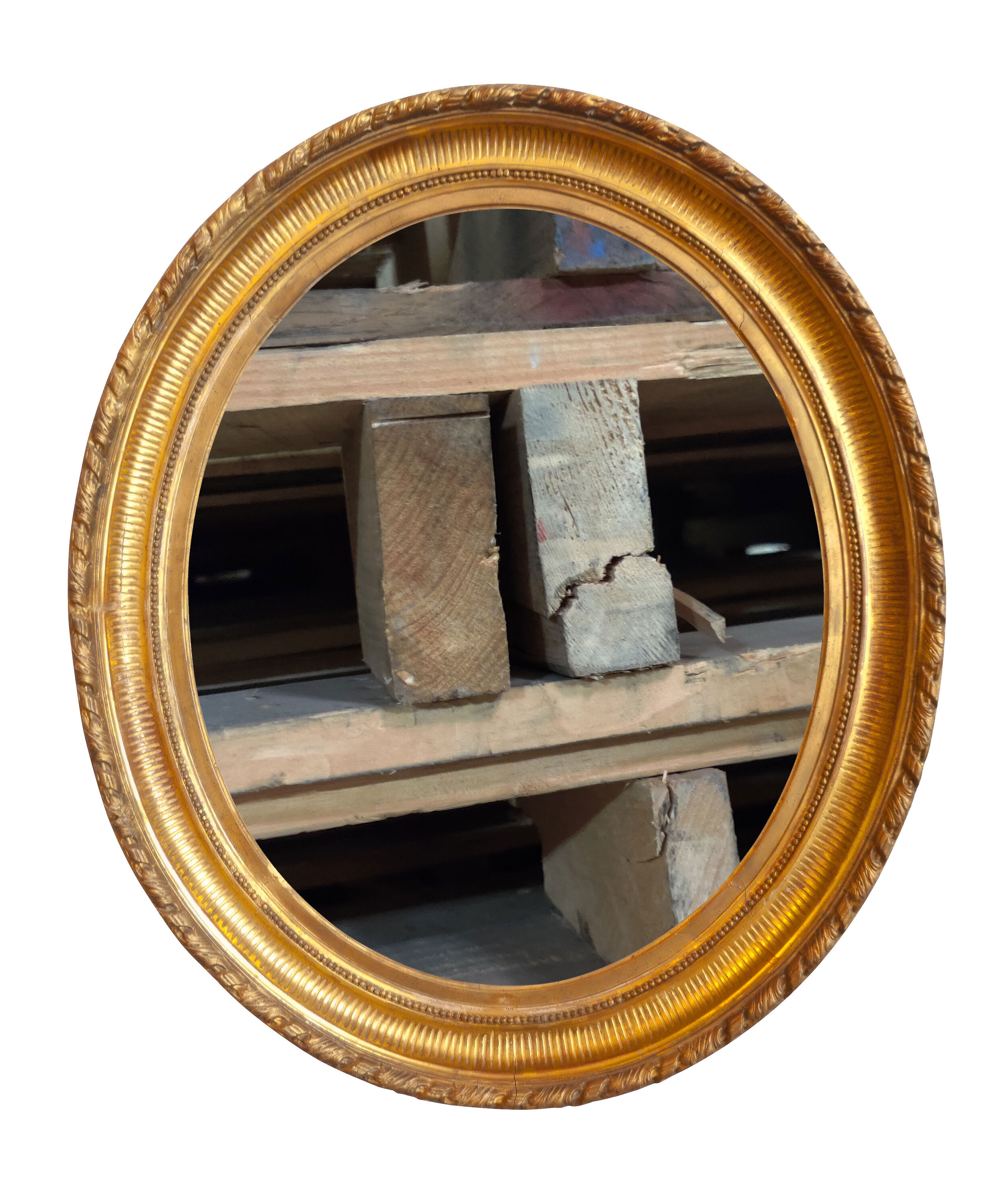
Pallets 101

The primary pallet in the recycled market is the 48 x 40 pallet. This pallet is available in different grades but truly the only difference is the level of stringer repair. The age or color of the pallet doesn’t affect the grade. Any properly repaired 48 x 40 pallet should support roughly the same amount of weight.
#2 or B Grade
The #2 or B grade pallet will have at least 1 block or companion stringer somewhere on the pallet. Typically, with a B grade pallet, there is more than 1 block. These blocks are used to repair a stringer that is severely cracked or broken. This is the most ubiquitous pallet on the market. It is used in multiple industries.
#1 or A Grade
The #1 or A grade pallet has no blocks or companion stringers. Occasionally there may be staples or plates to repair a small crack, which is still considered an A grade. These pallets are most commonly used in the food-grade industry or in a warehouse situation where the pallets are racked.
HT
If a pallet is shipping internationally, it will require an ISPM 15 stamp more commonly referred to as a HT stamp. These stamps indicate that the pallet has been heat-treated to a temperature of 133 degrees. This is to kill insect larvae that may be nesting inside the wood. Contrary to popular belief, heat-treating does not help dry the wood and prevent mold. Heat treatment actually would bring the moisture to the surface which could make mold more likely.
2 Way
Two way pallets are sometimes an alternative. The only difference between a two way and a four way are the stringers. Two way pallets have no notches in the stringers.




